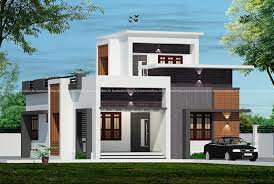Windows have long been an integral component of architectural design, playing a pivotal role in shaping the aesthetics, functionality, and energy efficiency of buildings. In contemporary architecture, the role of window film has expanded beyond mere apertures for natural light and ventilation. They now serve as a canvas for artistic expression, a tool for sustainability, and a connection to the external environment. In this article, we will explore the multifaceted significance of windows in modern architecture, delving into their evolving designs, innovative materials, and the broader impact on our built environment.
Architectural Expression through Window Design:
In the realm of modern architecture, windows are no longer just functional necessities; they are design elements that enable architects to express their creativity and connect buildings to their surroundings. A wide array of window styles and shapes, from expansive glass facades to porthole-like oculi, provides architects with the means to define the character of a structure. The minimalist, clean lines of large, frameless windows have become emblematic of contemporary architecture, promoting a sense of transparency and openness.
Natural Light and Interior Ambiance:
The abundant infusion of natural light is a hallmark of modern architectural design, fostering a sense of well-being and productivity within interior spaces. Large, strategically placed windows allow for the optimization of daylight, reducing the need for artificial lighting and cutting down on energy consumption. Additionally, the interplay of light and shadow across interior surfaces can create dynamic and visually stimulating atmospheres, transforming spaces throughout the day.
Energy Efficiency and Sustainability:
In an age where sustainability is paramount, windows have emerged as a critical factor in building energy performance. Innovative materials and technologies, such as low-emissivity (Low-E) coatings and insulated glazing units, have revolutionized the thermal efficiency of windows. These advancements help maintain comfortable interior temperatures while minimizing heat loss or gain. Furthermore, windows designed for passive solar heating can harness the sun’s energy to reduce heating costs during the colder months. Sustainable architecture often incorporates windows as active components of a building’s environmental strategy.


